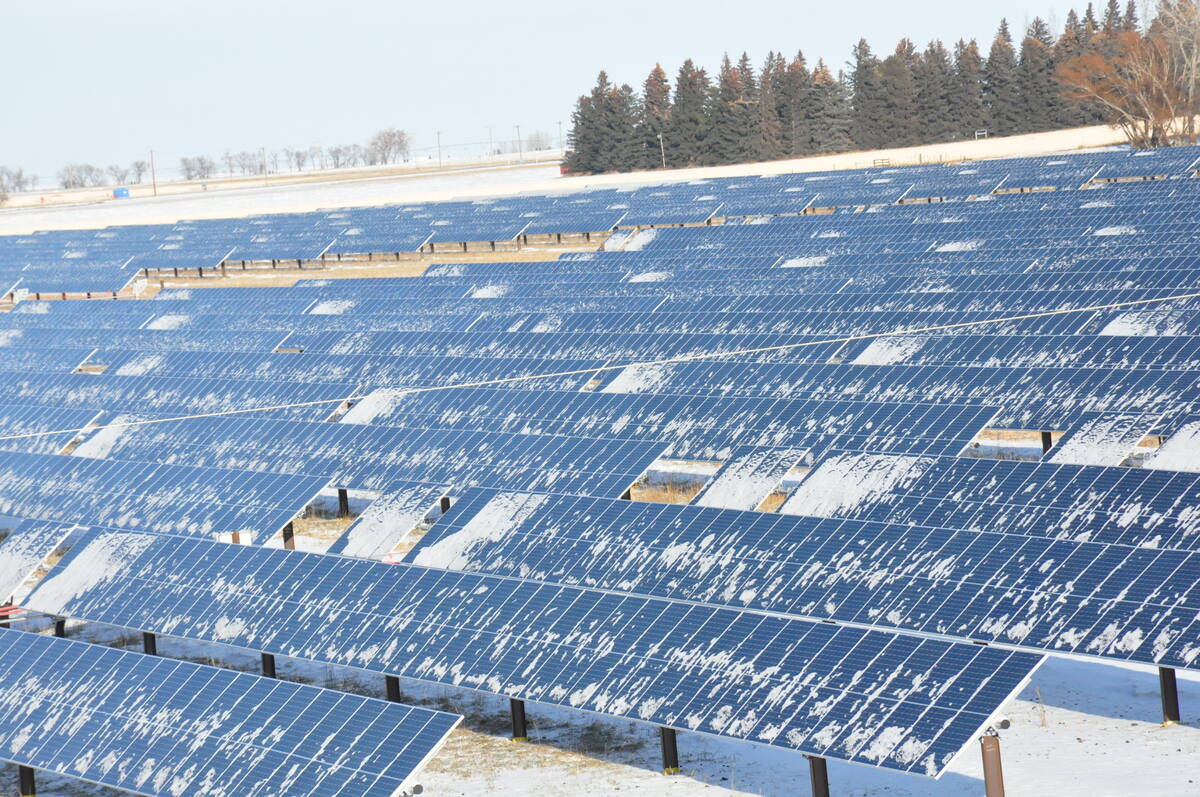When Canada has a systemic problem, all too often our national reaction is to slap a Band-Aid of some kind on it and call it a day.
Nursing shortage in Manitoba? Jump on a plane and poach every available nurse from the Philippines.
Doctor shortage? Hoover up every available international doctor from South Africa, India and Pakistan — provided they were trained at a suitable western university, of course.
Read Also

Why agriculture is Canada’s energy ace
Why isn’t agriculture getting more play in Canada’s quest for efficient, renewable energy production? It should be
Can’t find anyone willing to work part time at the local doughnut shop for minimum wage? Apply to bring in some temporary foreign workers.
Nobody wants to take shift work at the local pork plant for a bare dollar an hour over minimum? More TFWs!
Declining birth rate, stagnant and aging population? Let’s bring in more than a million people a year — once all streams of new arrivals are accounted for — with no plan to house them, make sure they can see a doctor, or have adequate infrastructure to support their needs.
Against this backdrop, the contents of a recent report on a looming retirement crunch in Canadian farmers, and its proposed solutions, really isn’t a huge surprise.
Farmers Wanted: The labour renewal Canada needs to build the Next Green Revolution, is a collaboration of the Royal Bank of Canada, Boston Consulting Group and the Arrell Food Institute at the University of Guelph.
Its authors have identified a looming retirement crunch in Canadian agriculture that will see 40 per cent of the nation’s farmers retire in the next decade. They say one of the solutions to that problem lies in attracting as many as 30,000 farmers to Canada to establish operations here.
This is a situation that’s been decades in the making. But agriculture, like so many other sectors of our economy, took a remarkably short-term view and failed to address it.
Rather than foster an environment where young farmers could get into the business, and give them the support they needed to succeed, it shrugged, muttered some variation of ‘what are you gonna do? Big farms will keep getting bigger’ and ignored the future demographic disaster it was setting up.
Again, this isn’t anything new. Corporate Canada has been playing this game for years, and in many cases utterly failed at any sort of succession planning. Now that the long-warned-of boomer retirement crunch (on steroids because of the COVID pandemic) is upon them, they’re stuck like a deer in headlights.
They’re suddenly worried that all the skills they failed to develop in their workforce for decades will suddenly be in short supply.
But is their solution to promote and train existing employees? No, it’s to look for the cheapest and easiest solution, and then wonder why it’s not working.
It’s a sign of having become too accustomed to a decades-long labour surplus. Under those conditions, workers were lucky to have a job. But now that employment is low, workforce participation is high, and job vacancies keep growing, they’re stumped.
Primary agriculture in Canada does have a looming rock-and-a-hard place problem and it’s going to require some long-term thinking.
Some of the report’s other key findings attempt to address this. One of them is more agriculture educational opportunities aimed at people without farm backgrounds. But they also note this has already been a strategy of colleges and universities for the past couple of decades. Doubling down on it might help on the margins, but it seems unlikely to be a panacea. And most of these folks are more likely to find work with agriculture service providers than farms.
The other pillar is increased technology and automation. Here there may be some ability to address the sector’s issues, but it seems like it’s still some time off before these solutions are widely available.
And when they are implemented, they’ll bring a whole new set of issues. If you think it’s hard to find someone to drive a combine in a rural community, imagine how hard it will be to find a software engineer, coder or even a trained technician.
But in the end, more employees aren’t going to address the heart of the issue. That boils down to the reality that agriculture is an expensive game to play. It takes millions to establish a commercial farm, which is an enormous barrier to entry. As we all know, the vast majority of farmers are born into the business, taking over existing family-owned operations.
So, what happens when there simply aren’t enough farmers left to take over the land and other assets?
Here the report identifies the crux of the problem. Not enough farms have succession plans in place.
“Without clear transition plans, valuable farmland may sit idle and unproductive,” the report said.
Each plan will be unique to that farm. But the plan may need to go beyond the immediate family to address these issues.
















